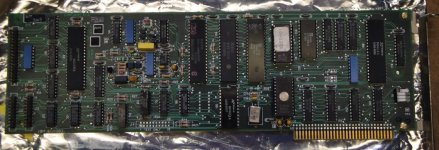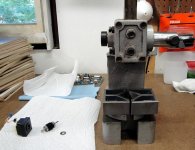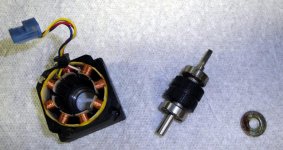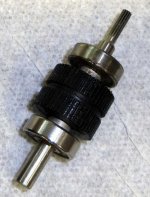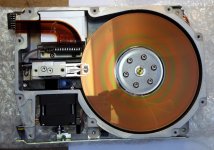per
Veteran Member
I know this thread is quite old, but I have a question related to what's discussed above. Please excuse my behavour.
As said earlier, the type 1 Xebec contoroller can only take Type 1 drives due to not having any configuration switches. However, I have observed that there are soldering parts for a four-legged DIP labeled "S1" and 1 through 4. I have guessed that this is where a block of configuration switches should be on the variation of the card with support for more than just HDDs of Type 1.
My question is: Can I get support for the other drivetypes by soldering in a set of DIP switches there, or is there some issues with hardware/firmware/software that prevents this?
As said earlier, the type 1 Xebec contoroller can only take Type 1 drives due to not having any configuration switches. However, I have observed that there are soldering parts for a four-legged DIP labeled "S1" and 1 through 4. I have guessed that this is where a block of configuration switches should be on the variation of the card with support for more than just HDDs of Type 1.
My question is: Can I get support for the other drivetypes by soldering in a set of DIP switches there, or is there some issues with hardware/firmware/software that prevents this?

